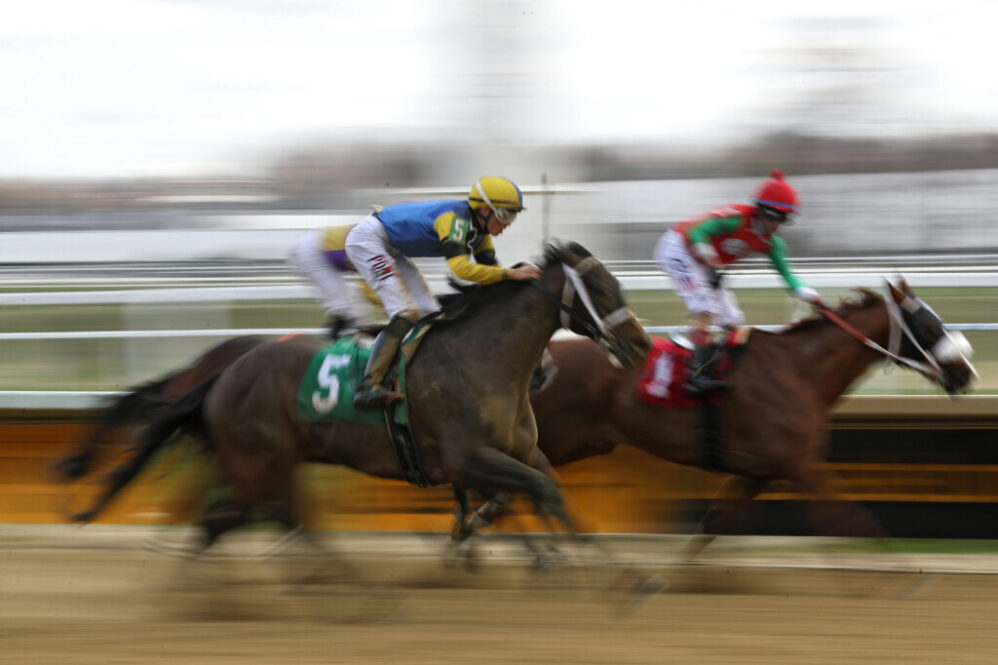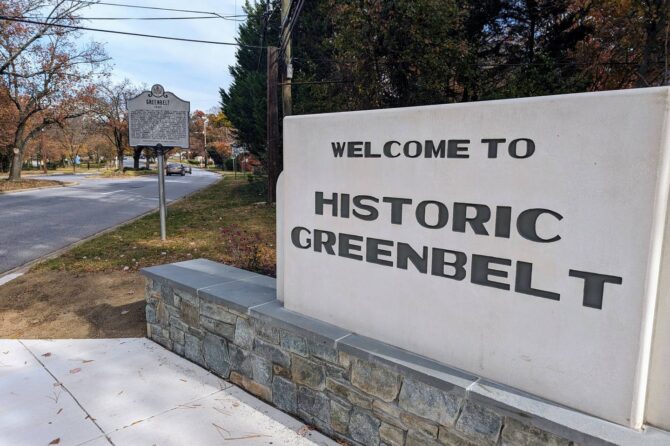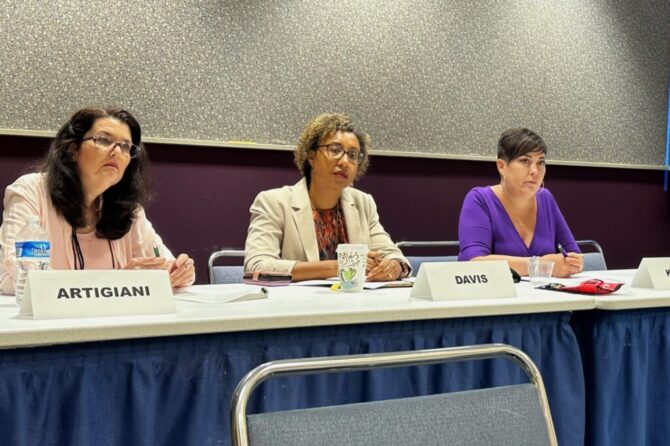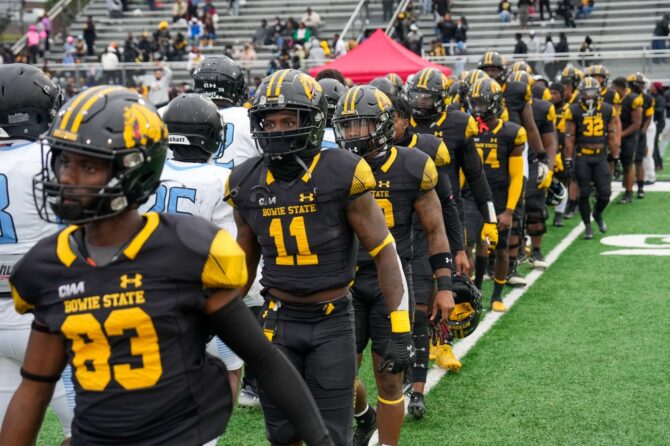MARYLAND MATTERS: The writer retired as Anne Arundel County Attorney in 2014. He can be reached at dplymyer@comcast.net or on Twitter: @dplymyer. David Plymyer
The future of horse racing in Maryland in general, and the fate of the Preakness Stakes in particular, hangs in the balance. The deal announced in October 2019 and approved by the General Assembly in 2020 to renovate both Pimlico and Laurel Park racecourses and keep the Preakness in Baltimore is in deep trouble. And there are no cheap or easy alternatives.
The Maryland Stadium Authority delivered the latest bad news in January, reporting that the $375 million bond sale approved in the Racing and Community Development Act of 2020 may be as much as $350 million short of covering the costs of redeveloping Pimlico and Laurel. The situation is dire enough that the stadium authority has suspended work on the project, even declining to demolish Pimlico’s decrepit grandstand as planned until it receives guidance from state officials on if and how to proceed.
The options going forward are limited and have been made even more expensive by the three years lost going in the wrong direction. The costs of renovating both tracks are prohibitive. It now appears that the deal must change, with a choice made between saving Pimlico or saving Laurel.
There has been no response so far from the governor or leaders of the General Assembly. The mood is decidedly different from the atmosphere that prevailed when Baltimore officials and The Stronach Group, which owns both Pimlico and Laurel as well as the Preakness, announced that they had reached a deal. The deal was hailed as little short of a miracle. Only a few months earlier the second leg in racing’s Triple Crown appeared poised to move from Pimlico to Laurel.
City and state officials from Baltimore were almost giddy with excitement, expressing amazement that the cost of the ambitious plan to renovate Pimlico and Laurel and redevelop land in Park Heights bordering Pimlico was “only” $375 million. The stadium authority previously estimated the costs of demolishing and rebuilding Pimlico alone at $424 million.
Former Baltimore Sun sports columnist Peter Schmuck described the deal as “almost too good to be true.” It wasn’t almost too good to be true. It was too good to be true.
Now everyone knows what some of us believed when the General Assembly approved the “historic” deal in 2020: The leadership of the General Assembly, in its haste to keep what Schmuck called Baltimore’s “Super Bowl” at Pimlico, pushed the deal through without adequate scrutiny.
There are additional costs of the complicated deal that could not have been anticipated. There are other costs that should have been.
Putting the cart before the horse
The concept to which the city and Stronach agreed called for Laurel to be upgraded into the state’s base for year-round racing with new stables capable of housing 1,400 horses. Pimlico, not big enough to serve that purpose, would be rebuilt as a multi-purpose facility suitable to host a few days of racing, including the Preakness. The reconfigured track would free up land for much-needed redevelopment in the Park Heights neighborhood.
The viability of the concept therefore depended on the nature and extent of the work necessary to upgrade Laurel and the attendant costs. The nature and extent of that work was not determined, however, until after the General Assembly passed the 2020 statute authorizing the $375 million bond sale, $155 million of which was intended for Laurel. Nor was there a detailed assessment of the condition of the existing facilities.
Long story short, multiple problems were found, including the fact that renovating, repurposing, or reusing any existing backstretch facilities are not viable because of their deteriorated condition. The track surface must be completely replaced for the safety of the horses, hardly a surprise given that serious concerns about the condition of the track date back to at least 2017.
In June 2022, the stadium authority stated that upgrades to Laurel would exceed original estimates by more than $150 million. The authority’s report in January of this year indicates that Laurel accounts for the lion’s share of the projected cost overruns but did not specify how much of the overall shortfall of up to $350 million is attributable to it.
What’s next?
It is a safe bet that Gov. Wes Moore (D) and Senate President Bill Ferguson (D), both from Baltimore, and House Speaker Adrienne A. Jones (D) of Baltimore County will want to pursue the alternative posed by the stadium authority of not upgrading Laurel, and renovating Pimlico to try to keep the Preakness in the city. It is an alternative that requires coming up with another location for a training facility and hundreds of additional stalls.
It also requires a disposition of Laurel acceptable to Stronach. Agreement could be hard to reach without the state agreeing to purchase both racecourses, a daunting prospect in light of the recent sobering news about state revenues.
Maryland is not the only state contending with the steady decline of the horse racing industry. More and more people view racing as inherently cruel to horses as fewer and fewer people go to racetracks. Racetracks have been closing all over the country for years. The last day of racing at Suffolk Downs in Boston was in 2019. Arlington Park outside of Chicago closed in 2021 after 94 years of racing.
New York governor Kathy Hochul is backing a controversial plan to issue $455 million in bonds to finance renovation of Belmont Park, home of the third leg of the Triple Crown. The plan ultimately would lead to the closing of Aqueduct Racetrack, opened in 1894.
If public funds are going to be spent to keep the Preakness in Baltimore, state officials should try to do so in the most economical way possible, recognizing that taxpayers are propping up an industry that no longer can support itself. Be honest with those taxpayers that public money spent on renovating racetracks is not an investment. It is a massive subsidy for an industry on its last legs.










